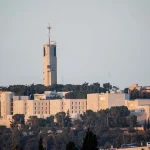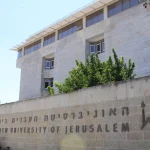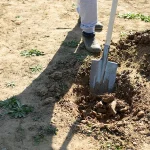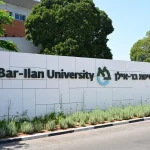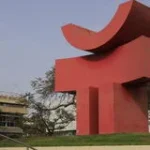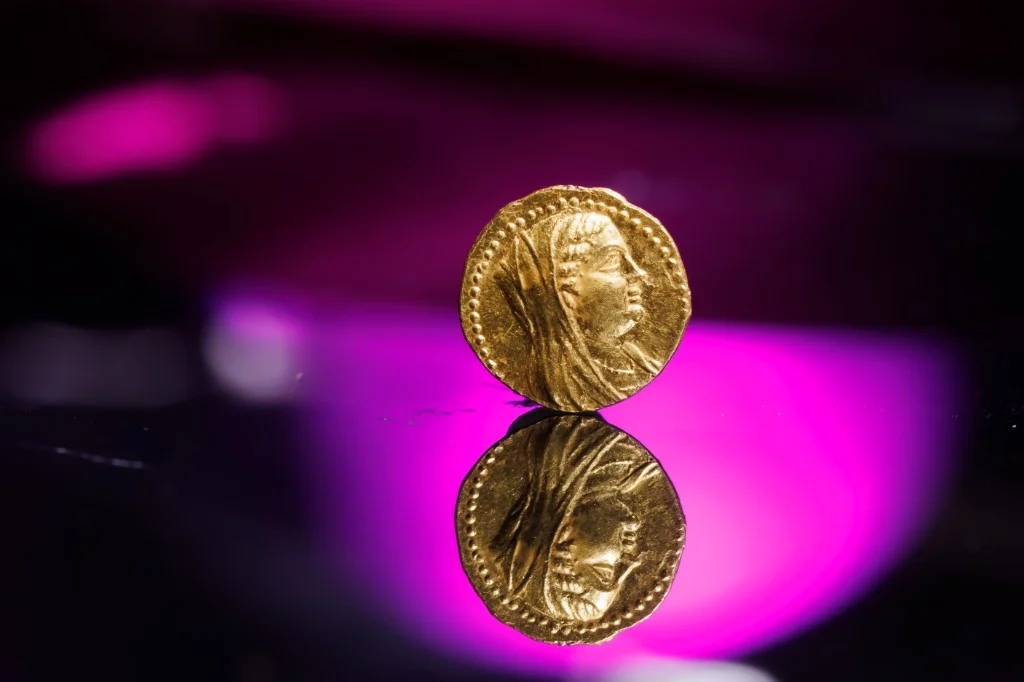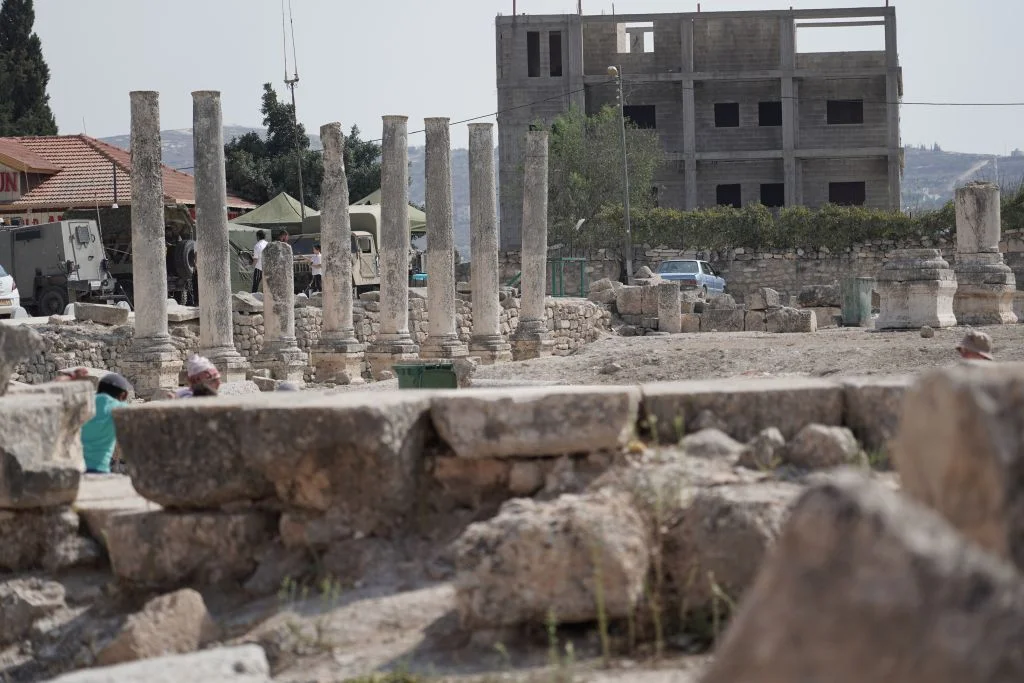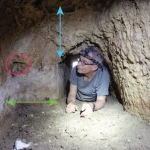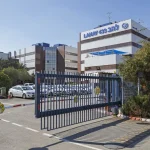Jerusalem, 20 August, 2025 (TPS-IL) — A rare gold coin bearing the portrait of Egyptian Queen Berenice II, dating back approximately 2,200 years, has been discovered in an archaeological excavation at the City of David in jerusalem, the Israel Antiquities Authority announced on Wednesday. The coin, made of nearly pure gold, is believed to have been part of a special series, possibly intended to pay stipends to soldiers during the Ptolemaic period. Experts say this is the first coin of its kind ever recovered in an organized excavation, and only about 20 similar coins are known worldwide.
“The coin is the only one of its kind discovered outside of Egypt, which was the center of Ptolemaic rule,” said Dr. Robert Cole, head of the Antiquities Authority’s coinage branch. “The Greek inscription ‘Of the Queen’ is rare for the period. Queen Berenice appears here perhaps as a ruler in her own right, highlighting her political power and independence.”
The quarter-drachma coin dates back to the reign of Ptolemy III, who ruled Egypt alongside Queen Berenice II. According to Dr. Chaim Gitler, chief curator of the Archaeology and Numismatics Department at the Israel Museum, the depiction of a queen as a figure of authority rather than a mere consort makes the coin extraordinary.
“Women appeared intermittently on coins of the Ptolemaic dynasty for nearly 300 years, but this is one of the first cases during a queen’s lifetime. The coin likely originated in Alexandria and may have been issued to pay Egyptian soldiers who participated in the Third Syrian War,” Gitler explained.
The obverse of the coin shows Berenice as a Hellenistic queen, wearing a tiara and veil, with a necklace around her neck. The reverse features a cornucopia, a symbol of prosperity, flanked by stars, with the Greek inscription “Of Queen Berenice” circling the motif.
The coin was found while sifting through dirt in a parking lot adjacent to the excavation. “I was sifting through the dirt and suddenly saw something shiny,” said Rebecca Langler, one of the excavators. “I picked it up and saw that it was a gold coin. At first, I couldn’t believe what I was seeing, but within seconds, I was running excitedly throughout the excavation. I’ve been digging in the City of David for two years, and this is the first time I’ve found gold. I’ve always hoped to make a special find, and now my time has come!”
Excavation directors Dr. Yiftach Shalev of the Israel Antiquities Authority and Efrat Botzer of the Jerusalem Research Center noted the broader significance of the discovery. “Until now, research suggested that Jerusalem after 586 BCE was a small, marginal city with few resources. This coin, along with other finds from the mid-3rd century BCE, sheds a different light. Jerusalem began to recover as early as the Persian period and grew stronger during the Ptolemaic period. It was not desolate but actively reconnecting with centers of power, economy, and culture,” they said.
Responding to the discovery, Heritage Minister Amichai Eliyahu said, “Jerusalem never ceases to surprise. This rare coin, the first of its kind ever discovered in an organized excavation, is a small artifact with a major contribution to our understanding of the city. The excavations in the City of David reveal chapters of Jerusalem’s history, from its days of splendor in the Kingdom of Judah to its post-exile reconstruction. After 2,000 years, we are privileged to uncover its rich past.”
The City of David is the original core of the ancient city of Jerusalem where King David established his capital. The site of many pivotal Biblical events, the park is best known for Hezekiah’s Tunnel, which was constructed by King Hezekiah to provide water to the city ahead of an Assyrian siege led by Sennacherib.
The coin will be displayed to the public in Jerusalem in September.






